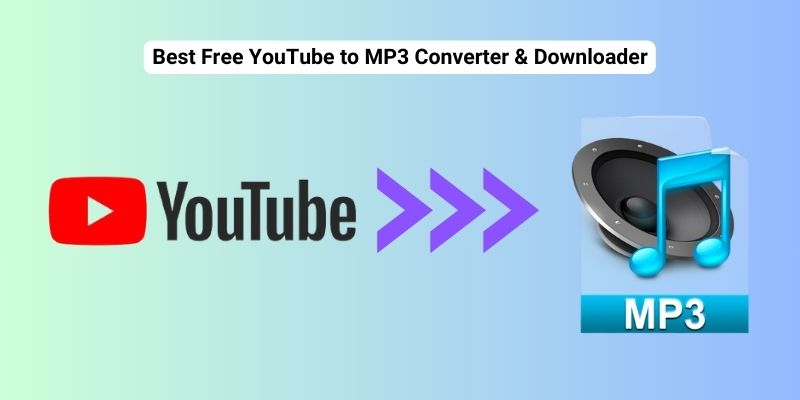Introduction
In today’s dynamic digital landscape, creating visually engaging and interactive user interfaces is paramount for the success of any hybrid app. One key aspect that significantly enhances user experience is seamless and captivating animations. As an experienced content writer with over two decades of expertise in the tech industry, I will guide you through the intricacies of implementing cross-platform animation techniques in hybrid app development. This article will provide valuable insights for both novice and seasoned developers looking to elevate their app’s visual appeal.
The Power of Animation in Hybrid Apps
Animations breathe life into apps, making them more intuitive and enjoyable for users. In hybrid app development, the challenge lies in creating animations that work seamlessly across different platforms, ensuring a consistent user experience. Achieving this requires a combination of understanding the underlying technologies and leveraging the right tools and frameworks.
Choosing the Right Framework
Before delving into animation techniques, it’s crucial to select the appropriate framework for hybrid app development. Flutter, React Native, and Xamarin are among the top contenders. Each of these frameworks has its unique strengths and considerations, making them suitable for different projects. Partnering with a reputable hybrid app development company can provide invaluable insights and expertise in selecting the optimal framework for your specific needs.
Key Animation Techniques for Hybrid Apps
- CSS Transitions and Animations: For web-based hybrid apps, CSS transitions and animations are fundamental tools. They allow for smooth transitions between different states, providing a visually appealing user experience. Understanding the intricacies of CSS animation properties is crucial for harnessing their full potential.
- Hardware Acceleration: Leveraging hardware acceleration ensures that animations are rendered efficiently, enhancing performance and responsiveness. This technique is particularly vital for achieving smooth animations, even on less powerful devices.
- Using JavaScript Libraries: Libraries like GreenSock Animation Platform (GSAP) and Anime.js offer a wide array of pre-built animations and powerful APIs for creating custom animations. These libraries can be seamlessly integrated into hybrid app development, saving time and effort.
- Leveraging Vector Graphics: Scalable Vector Graphics (SVG) is an excellent choice for creating high-quality, resolution-independent animations. They can be manipulated using JavaScript to achieve dynamic and interactive effects.
- Cross-Platform Animation APIs: Frameworks like React Native and Xamarin provide their animation APIs that abstract platform-specific differences, allowing developers to create animations that work consistently across iOS and Android.
Optimizing Performance
While animations enhance user experience, poorly optimized animations can lead to sluggishness and decreased app performance. It’s imperative to strike a balance between visual appeal and performance. Techniques such as using request Animation Frame, minimizing layout thrashing, and employing GPU acceleration can significantly improve animation performance.
Conclusion
Mastering cross-platform animation techniques in hybrid app development is a valuable skill that can set your apps apart in a competitive market. By choosing the right framework, understanding the core animation techniques, and optimizing performance, you can create visually stunning and highly engaging apps that captivate users across platforms.
Partnering with a reputable hybrid app development company can provide the expertise and guidance needed to implement these techniques effectively. With the right knowledge and tools at your disposal, you have the potential to create hybrid apps that leave a lasting impression on users.







